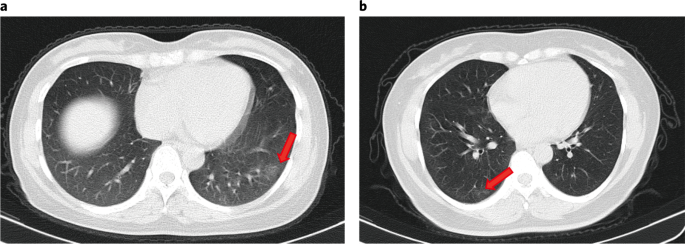- Joined
- Dec 5, 2005
- Messages
- 1,797
- Reaction score
- 3,105
Public health reporting suggests an exponential rise in COVID infections and hospitalizations. Are you seeing this at your hospitals?
We're experiencing a slight upward trend in COVID patients at my SoCal hospital - many are entirely asymptomatic but happen to be there for other unrelated things (trauma, urgent-non-related surgeries, and even entirely elective surgeries). And then we also help to intubate some very sick COVID patients in ICUs. But the COVID burden to healthcare where I am isn't that dramatic... yet.
I'm wondering if we're experiencing the calm before a horrible storm or is this next wave less severe?
We're experiencing a slight upward trend in COVID patients at my SoCal hospital - many are entirely asymptomatic but happen to be there for other unrelated things (trauma, urgent-non-related surgeries, and even entirely elective surgeries). And then we also help to intubate some very sick COVID patients in ICUs. But the COVID burden to healthcare where I am isn't that dramatic... yet.
I'm wondering if we're experiencing the calm before a horrible storm or is this next wave less severe?

